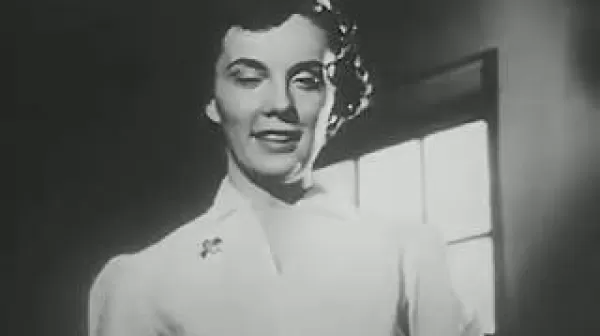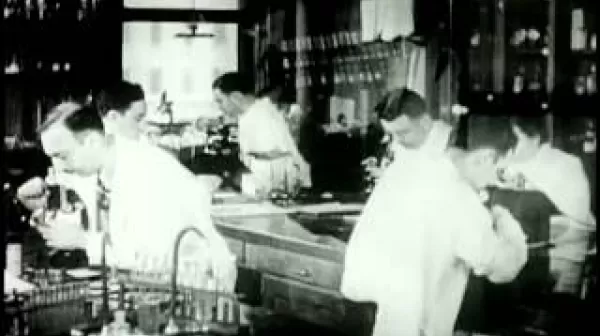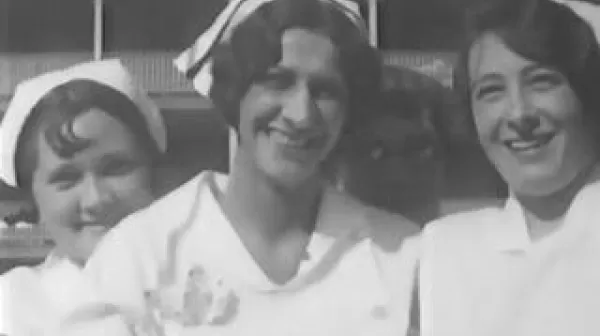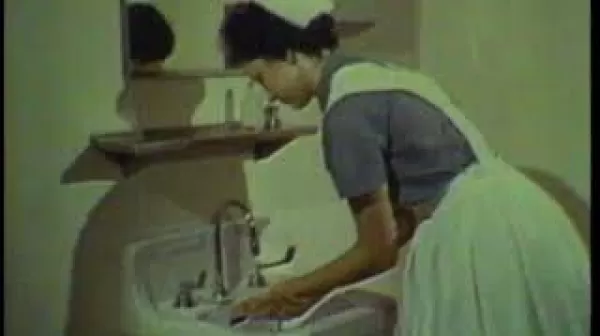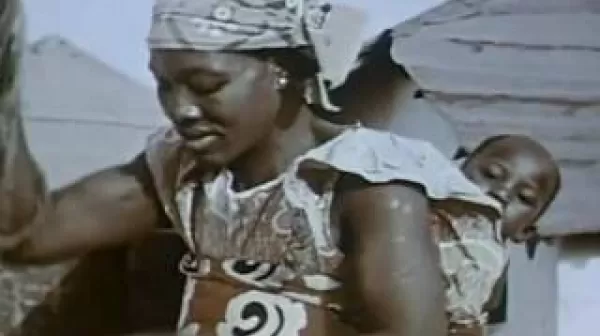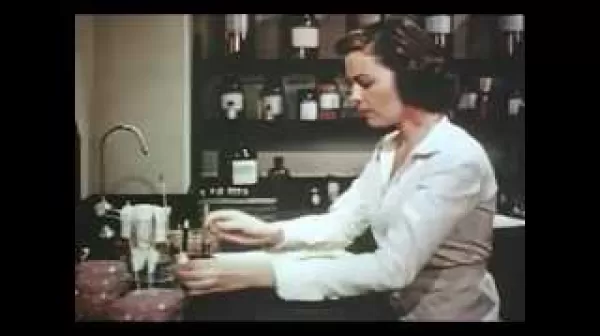Easy to Get (US Army Service Forces, 1947)
In story format, over footage of soldiers picking up girls in a drug store and in a night club, the dangers of sexual intercourse with pick-ups and prostitutes are emphasized. The results of untreated gonorrhea and/or syphilis are shown ina man with swollen knees, a man having a heart attack, an infected penis, a bed-ridden older man, and a man whose speech and memory have become defective. Over and over, the narrator urges the viewer to use condoms, visit the pro station, and report to his medical officer immediately if he suspects that he has contracted a venereal disease.



